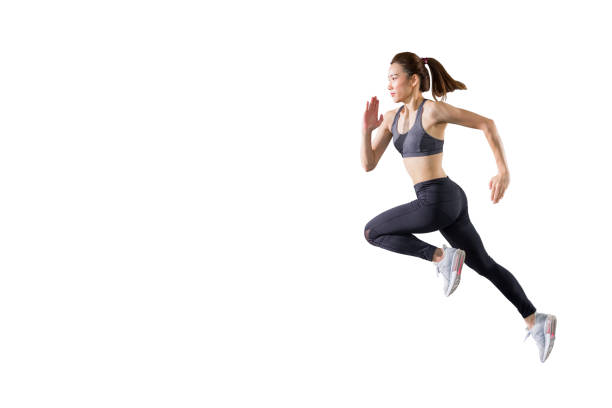Running is one of the most popular forms of exercise for people of all ages and fitness levels. Whether you’re an experienced runner or just starting out, you may be wondering how many calories you burn when you run 3 miles. This article will provide an overview of how many calories you can expect to burn when running this distance, as well as factors that can impact your calorie burn and tips for maximizing your calorie burn while running.
First, it’s important to understand how calories are burned during exercise. Your body burns calories when you move, but the number of calories you burn depends on several factors, including your weight, the intensity of your workout, and the duration of your workout. When you run, your body burns both carbohydrates and fat for energy, with the amount of each fuel source used depending on your intensity and duration of the run.
So, how many calories can you expect to burn when you run 3 miles? According to various online calculators, a 160-pound person can expect to burn approximately 375 calories when running 3 miles at a moderate pace. However, this number can vary based on your individual characteristics, such as your weight, height, age, and sex, as well as your running pace and the intensity of your workout.
Several factors can impact the number of calories you burn while running. For example, running at a faster pace will generally result in a higher calorie burn, as your body has to work harder to move at a faster speed. Additionally, running uphill or on a treadmill with an incline can also result in a higher calorie burn, as your body has to work harder to overcome the incline. Other factors that can impact your calorie burn include your muscle mass, as muscle burns more calories than fat, and your body composition, as leaner individuals generally burn more calories than those with a higher body fat percentage.
In addition to the factors that impact your calorie burn while running, there are several strategies you can use to maximize your calorie burn. One of the simplest ways to increase your calorie burn is to run at a faster pace. Running at a moderate to high intensity can also result in a higher calorie burn, as your body has to work harder to maintain that pace. If you’re looking to maximize your calorie burn, you may also want to consider adding interval training to your workout, as this type of training alternates periods of high-intensity exercise with periods of rest or low-intensity exercise, which can result in a higher calorie burn.
Another strategy for maximizing your calorie burn while running is to incorporate strength training into your workout routine. Strength training can help increase your muscle mass, which in turn can boost your metabolism and help you burn more calories even when you’re not working out. Additionally, strength training can help improve your running performance, making it easier for you to run faster and for longer periods of time, which can result in a higher calorie burn.
In conclusion, running 3 miles can be an effective way to burn calories and improve your overall health and fitness. Depending on your weight, running pace, and other individual factors, you can expect to burn approximately 375 calories when running 3 miles at a moderate pace. To maximize your calorie burn while running, consider running at a faster pace, adding interval training to your workout, and incorporating strength training into your routine. By using these strategies, you can increase your calorie burn and achieve your health and fitness goals.

 Home
Home Health
Health Diet & Nutrition
Diet & Nutrition Living Well
Living Well More
More












